When I was growing up, I almost always had a cat. Back then, a cat was just a replaceable "thing" to most people, and if one got run over, killed by the neighbor's dog, poisoned, or just disappeared, there was always another cat to be found. I loved each of the cats and kittens that I had - but there were lots of them, one after another, because a cat was, well, just a thing. Most veterinary procedures were viewed as an unnecessary expense, because the cat (and kittens) usually lived outside all the time and if it disappeared, well, there were plenty more where that one came from.

Fortunately, attitudes have changed over time. These days many people recognize that animals should not be treated as a disposable possession. Pets are vaccinated, fed the best foods, kept safely inside, pampered, and loved. Much of the time they are treated as a member of the family. Certainly, I've gotten wiser as I've gotten older, and my cats have benefited from that.
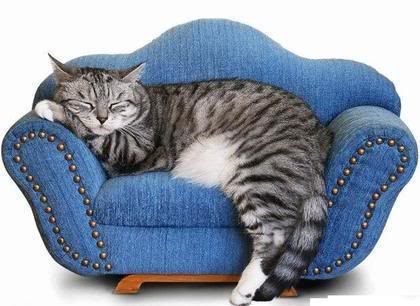
Unfortunately, one of the side effects of people bringing cats indoors has been a trend toward having them declawed for their owner's personal comfort. It's done to preserve that beautiful sofa in the living room, or because the kitten looked down at the owner from the curtain rod a couple of times. I'm concerned that people think - because declawing is apparently such a common practice - that it is a good and safe and reasonable thing to do.
Declawing a cat is not a good or safe or reasonable thing to do.

Look down at your hands and imagine having your fingertips, up to the first knuckle, being cut off. THAT is what happens when a cat is declawed.

Declawing is not just simply removing what you see - the claw. Declawing is multiple amputations. Motor and sensory nerves are cut, damaged, destroyed. While cats can go home safely the same day from most surgical procedures, vets usually recommend that a declawed cat remain overnight at their facility because of the possibility of bleeding to death.

Recovery from the surgery is typically slow and always painful (how could it NOT be painful??). Since cats walk on their toes, this procedure can hinder the sensations and enjoyment involved in walking, running, springing, climbing, and stretching in the future. Declawing can traumatize your cat and change his temperament forever - he may become untrusting, fearful, a biter or a hider. He can no longer defend himself as he was intended to be able to do ("but he's an inside cat so he doesn't need to defend himself" is a rationalization, not a reason!). If the surgery isn't done correctly, your cat may literally be crippled for the rest of his life, or you may have to pay a second fee to have the problems corrected.
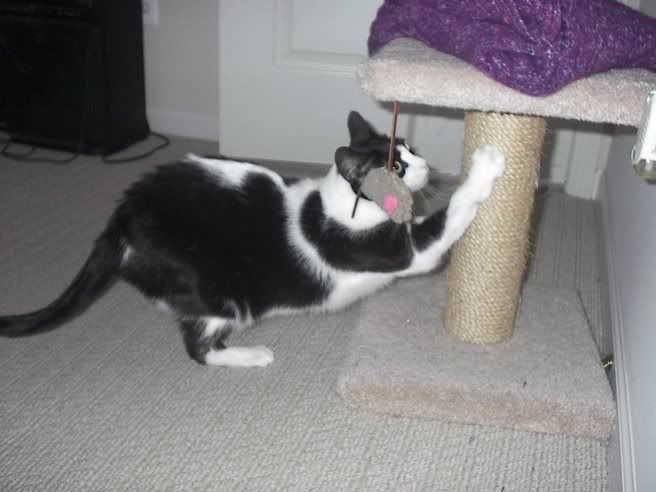
Please know this: With a little work, you CAN train your cat to use a scratching post and preserve that beautiful sofa and lace curtains. You will find detailed instructions on how to do this in my Cat Care Tips and Tricks article.

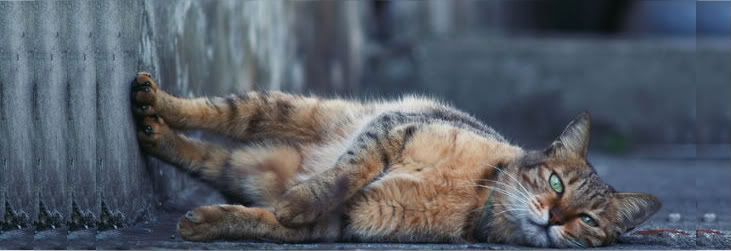

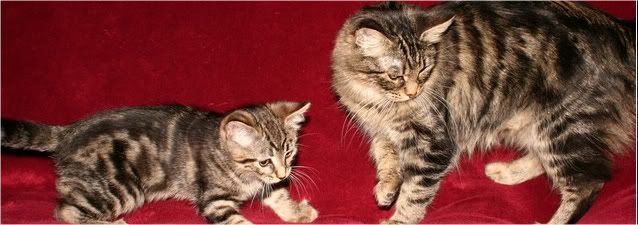

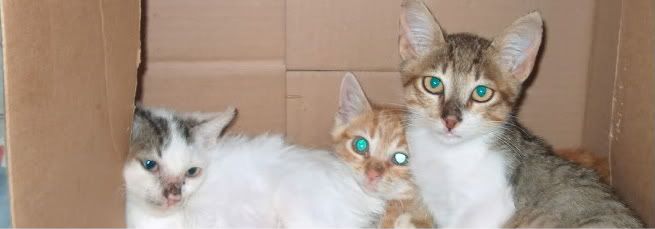
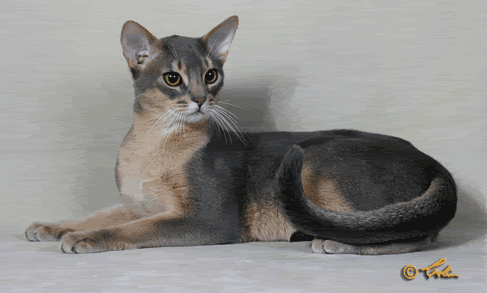



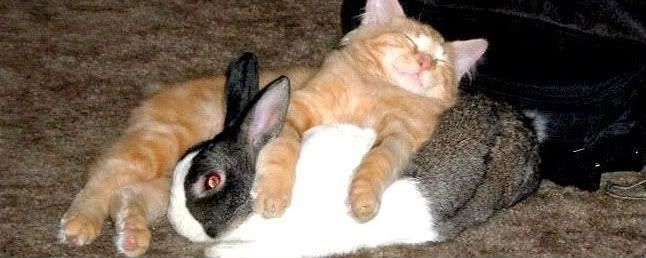

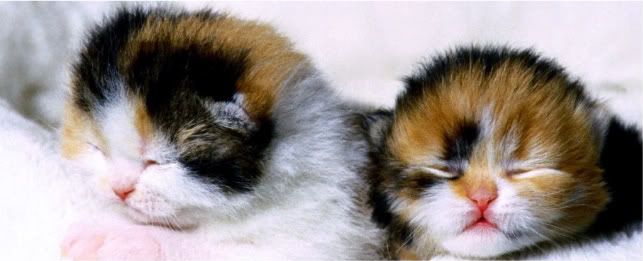
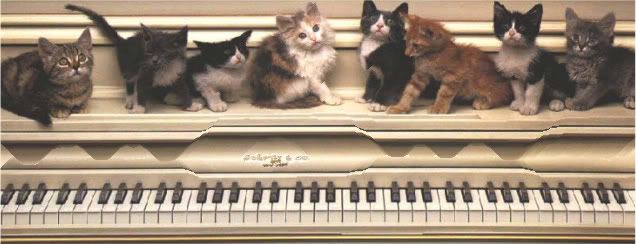

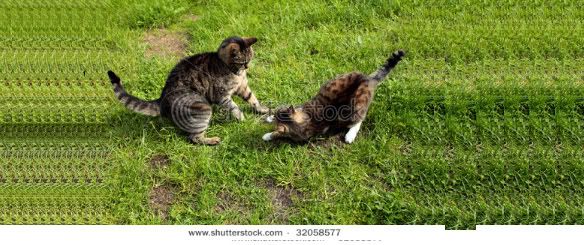















7 comments:
ini semua kucing² ko ke maya?
bukan semua ... hehehe.. ada 6 je, ni melingkar atas katil sama den...
Cute kitties
I totally agree with what you say about declawing. It also seems to change their personalities. I have three, that were feral kittens, that I socialized. I never declawed them. The only thing I have to do is clean up the cardboard shreds from aroung the scratcher.
Mike :)
It's sad isn't? When some people can say that the love cats, at the same time they hurt them too? I wonder what kind of love is that?
Love of "personal possessions", I suppose.
Nothing could be worst than treating a living thing as a personal possesion :( I wonder how would they feel, if they got treated the same way by another living thing, human for instance!
Post a Comment